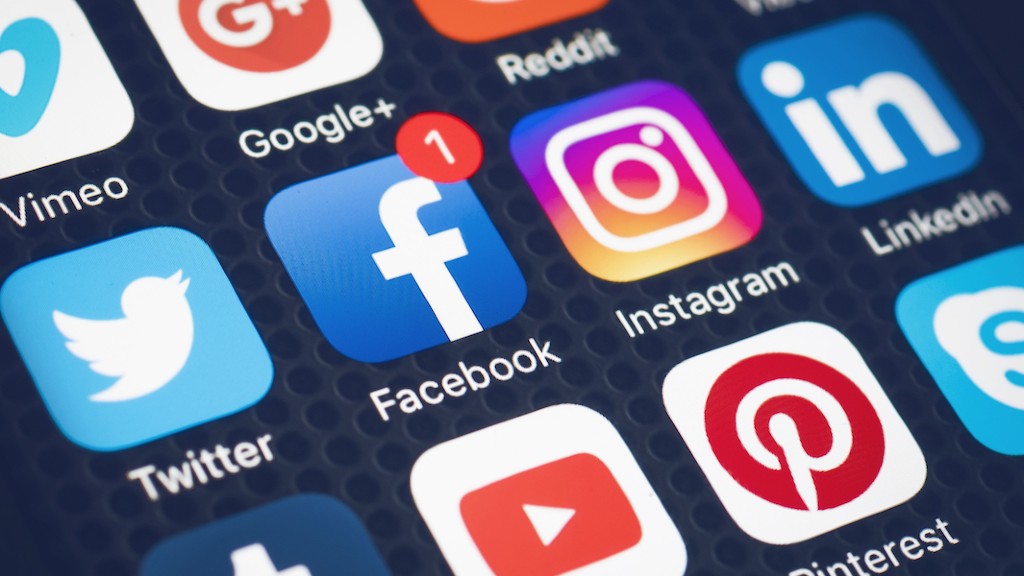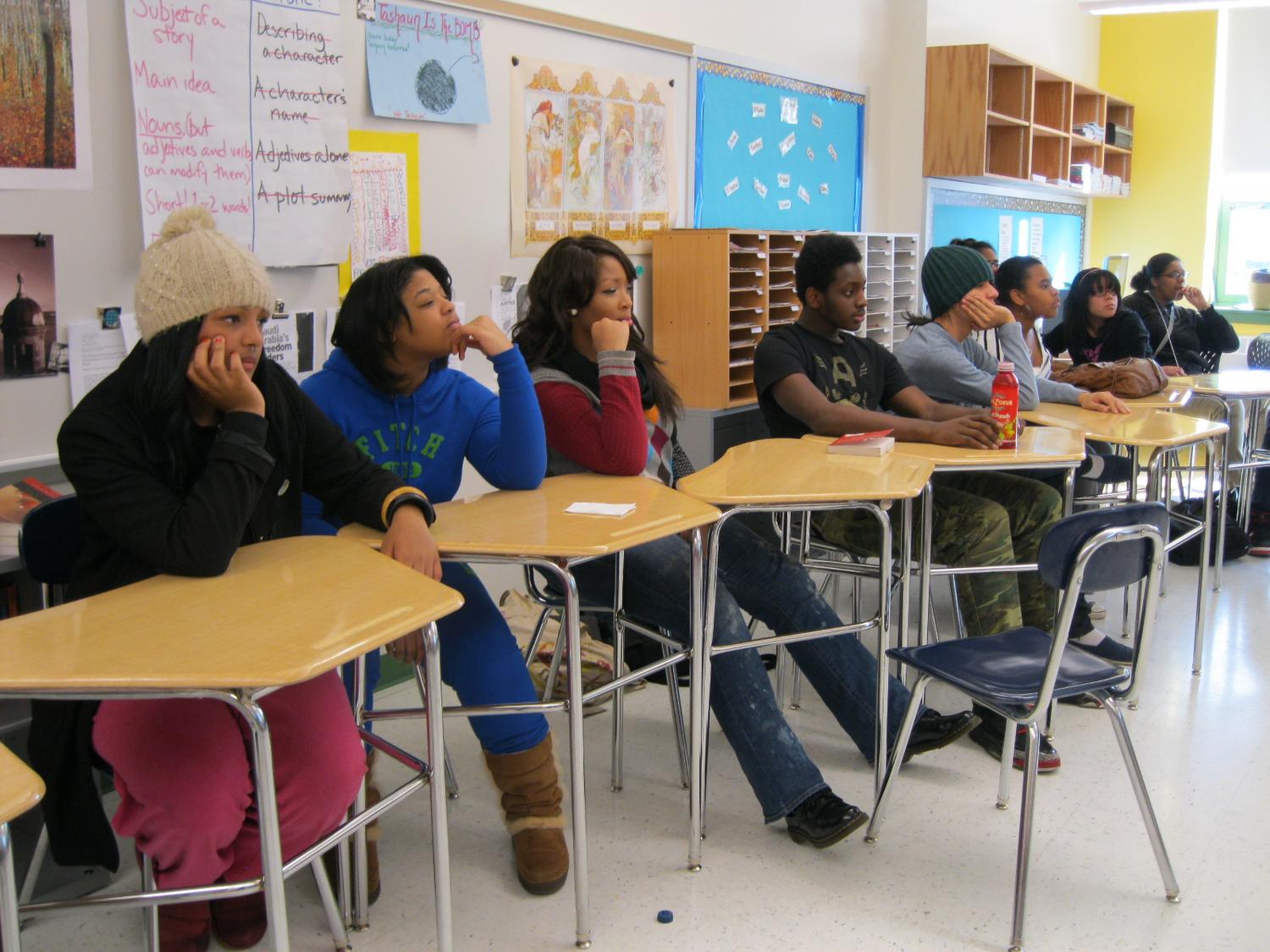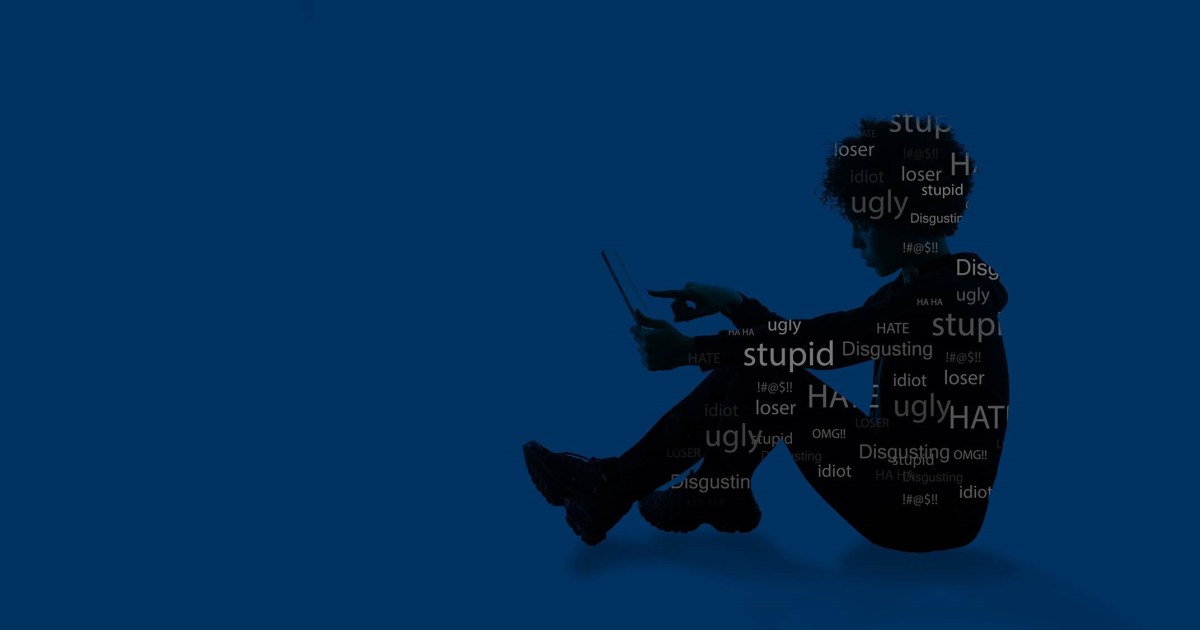Racism on Social Media
Is Social Media truly a safe space?
Social media encourages us to share our lives, experiences and most importantly, our views. There is an emphasis and incentive for users to showcase themselves on platforms like Instagram, Twitter and Facebook and a way for people to have an overview of the lives of others.
However, the main concern is that not everyone spreads positive sentiments on social media. Just like in real life, some individuals often hold bigoted and racist views, and because of the nature of social media, these views are now being shared on these platforms.
As a result, these views can now reach minorities on a large scale, furthering the discrimination and hurt they face. We often use social media to seek entertainment and a safe space from the outside world, but minorities are still being discriminated against. Hence social media companies have to protect these individuals, as seen in the examples below.



Online racism is a clear issue; more should be and can be done to minimise racism on the platform. On the other hand, restricting racists post comes with some drastic consequences.
Preventing users from posting racist views means that they keep these views to themselves, and their beliefs do not get challenged. This prevents bystander intervention and leads to the formation of echo chambers.



To conclude, while there are valid cases for both sides, what's most important is that racism remains a prevalent issue and that every step in tackling it, big or small, helps minimise the pain that minorities feel. We are all human and should treat each other as such and stand up to racists to create a safer world for everyone.



